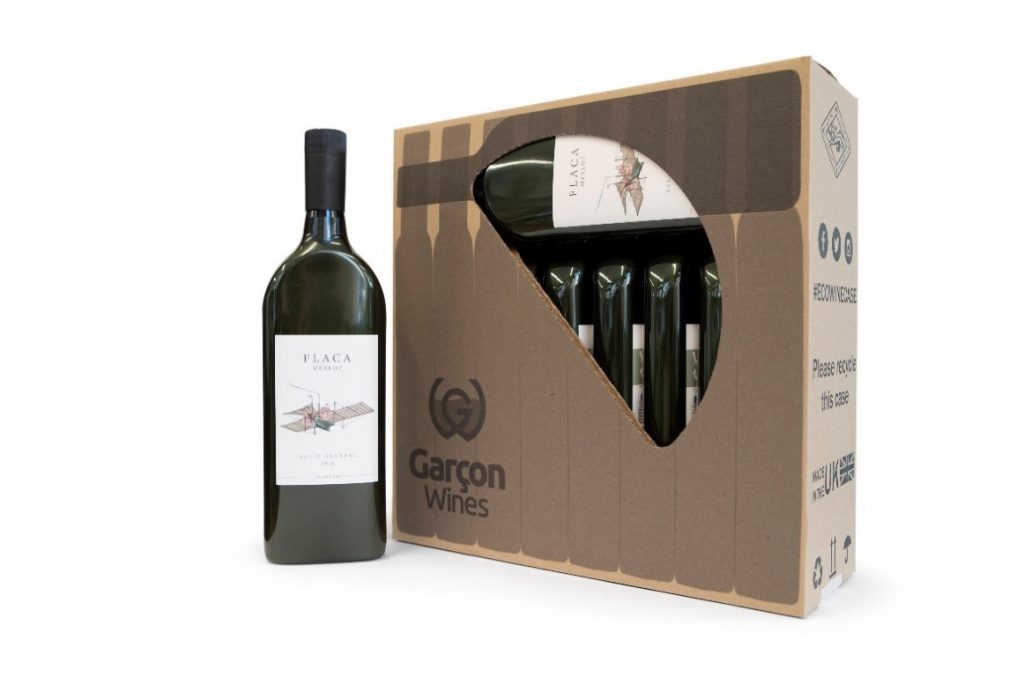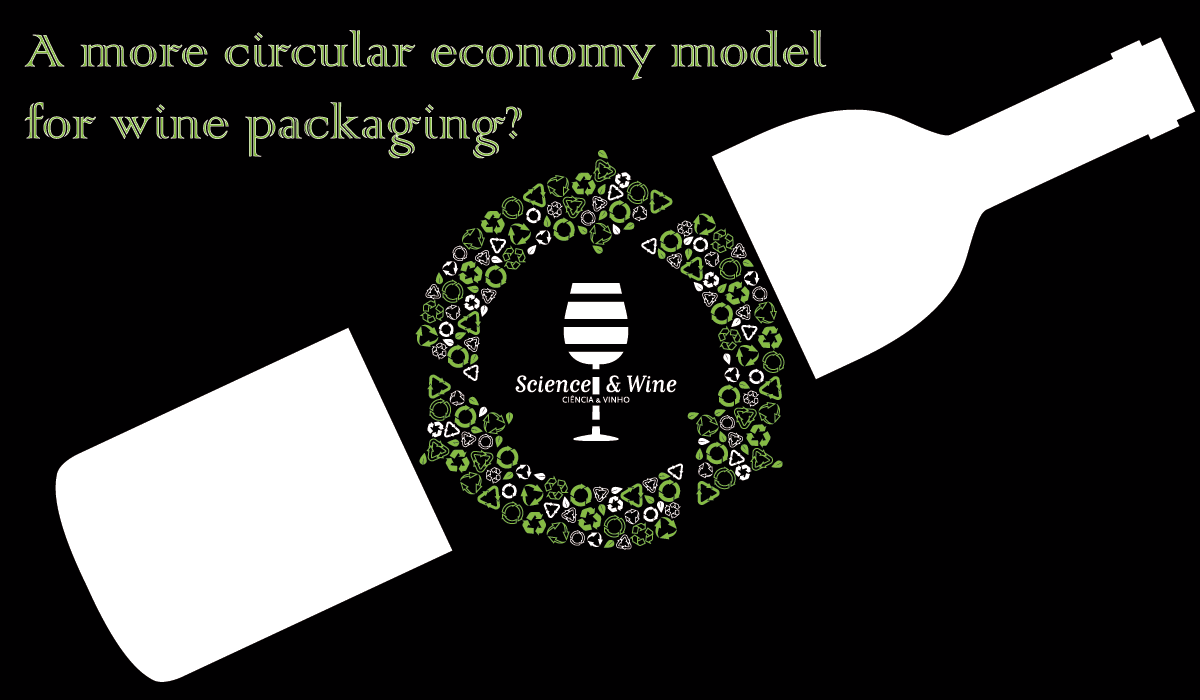By Jeff Cooper
The development of more circular and resource efficient production and management processes requires radical changes to manufacturing and processing procedures. Introducing innovatory solutions to long-held means of delivering products and materials to customers requires long-term dedication and commitment, however good the revolutionary ideas might appear. In this case study the proposals and concepts are radical. Persuading consumers and, potentially more importantly, the whole range of intermediary decision makers to adjust long-standing views of how a traditional product should be presented, requires a dramatic change in mind-set.
With alternative wine packaging, there have been a number of innovations. None has made a dent in the sales of glass bottles. For lower quality wines there has been: aseptic packaging (Tetra-packs and similar products), plastic containers, plastic film and cardboard box products, and aluminium cans. However, none has been successful in affecting the dominance of glass bottles.

Garçon Wines brought their 100% post-consumer recycled PET flat wine bottles to market in April 2018 but went further in 2019 introducing a 10 bottle cardboard packaging case which offers significant potential transport efficiency savings for the shipping of wine. Obviously the use of PET containers breaks a 200-year old tradition of using round glass bottles. Packaging bottling in 10s also breaks with the established casing of 6 and 12 bottles. Will the consumer and delivery chain management decision-makers be won over by the argument that this is the most environmentally friendly way of delivering wine to their tables?
Garçon Wines’100% post-consumer recycled (PCR) PET (polyethylene terephthalate) bottles are made in the UK by RPC M&H Plastics and are fully and easily recyclable after use. They are 40% more spatially efficient than glass bottles, saving space when packed next to each other.
Being flat and made from a robust material means they are therefore easier to put into the normal postal delivery system in single bottles. Their first use was with the UK’s online florist, Bloom & Wild, using flat cardboard postal boxes that fit through a standard domestic letterbox. The design of the wine bottle allowed Bloom & Wild to use their existing postal pack to create gift ‘hampers’.
Garcon Wines has now gone further with space saving, introducing a 10 flat bottle case, designed and produced in collaboration with the packaging industry company, DS Smith. This cardboard case, from recycled and recyclable materials, holds 10 full-sized, flat wine bottles in a compact case which would otherwise carry four glass bottles of the same 75cl volume.
With a goal of significant advancement in wine logistics, packaging and sustainability, the flat bottles have been arranged into a novel orientation; eight flat bottles packed vertically with two lying horizontally in the airspace around the bottlenecks, eliminating almost all unused airspace so that eight bottles in total width are the same length as one bottle tall and the width and depth of a single bottle is the same as the area around the bottlenecks.
Placing bottles horizontally and vertically amplifies the benefits of space saving by packing more than twice the amount of wine on a pallet. At 63g, the bottles are 87% lighter than the average glass bottle. A fully packed case has a weight of around 8.5kg reducing carbon emissions from each bottle by more than 500g.
Compared to an average case for 6 glass bottles – the standard secondary packaging used to transport wine – the new 10 bottle case is approximately 55% smaller. This space saving means that a pallet loaded with 10 flat bottle cases could carry 1,040 bottles of wine in comparison with a standard pallet which would carry just 456 bottles of wine. Fitting 2.28 times more wine on a pallet translates to lower costs in packaging, warehouse handling and storage and transportation.
As an example, for a consignment of 50,000 bottles of wine, the flat wine bottle packed into 10 bottle cases would cut packaging costs for the case by half – from €0.10 to €0.05 per bottle, saving over €2,800. From a transport perspective and for a consignment of the same size, these cases would significantly reduce the need for HGVs (heavy good vehicles), which take a standard 24 pallets, from 5 HGVs to 2, with a reduction in carbon emissions and costs by at least 60%.
Hypothetically, for example, were the UK to switch half of its annual wine consumption of between 1.5 to 1.8 billion bottles to this new format flat wine bottles and bottle cases would equate to a reduction of approximately 42,000 HGV movements per annum slashing CO2 emissions and business costs from the supply chain.
This revolutionary change in wine bottling and packaging would require the overcoming of a huge number of both consumer attitudes to wine packaging and the combined decisions of the wine supply chain.
Further technical details are available in Developing a more circular economy model for wine packaging and delivery, Proceedings of the Institution of Civil Engineers –Waste and Resource Management, http://doi/10.1680/warm.19.00007
Product information can be accessed through garconwines.com
The 10 flat bottle case that has the potential to significantly cut carbon emissions and logistics costs of the supply chain for wine.

Jeff Cooper was President of the International Solid Waste Association 2010-2012, editor of the ICE’s Journal Waste and Resource Management 2012-2018 and remains an active member of ISWA’s Recycling and Waste Minimisation Working Group. B0020P 0031

